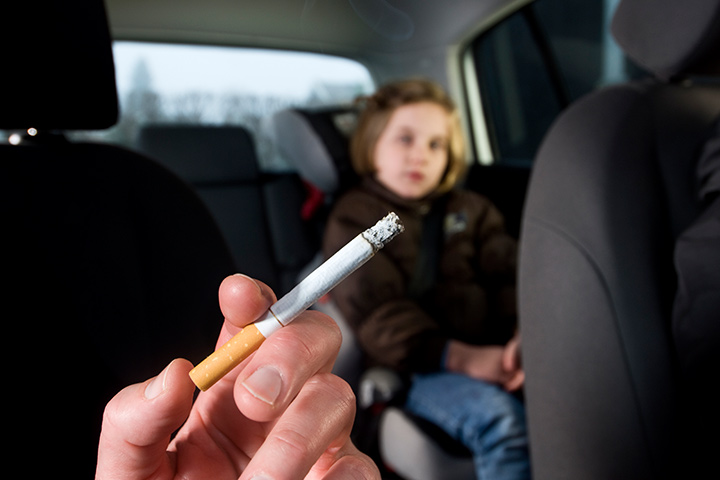A Surprising Truth About Secondhand Smoke

 Unless someone in your household or workplace smokes, you may not give much thought to secondhand smoke. That could be a mistake. A recent study found that many adults significantly underestimate their exposure.
Unless someone in your household or workplace smokes, you may not give much thought to secondhand smoke. That could be a mistake. A recent study found that many adults significantly underestimate their exposure.
Researchers at Mount Sinai used blood tests and questionnaires to examine the issue. Many nonsmokers were unaware they had been exposed to cigarette smoke even though they had nicotine byproducts in their blood at levels that could increase the risk of lung cancer and heart disease.
Whether you smoke or not, you can help to reduce secondhand smoke. Consider these steps toward creating a smoke-free environment.
Tips for Smokers
1. Try quitting. Of course, the ideal solution is to give up tobacco permanently. Many smokers require more than one attempt before they succeed. Products like nicotine gum can make the process more comfortable.
2. Take it outside. Resolve to avoid smoking in your home or car. Go outdoors when you want a cigarette.
3. Ditch the ashtrays. It will be easier to resist the temptation to smoke in your living spaces if you make it inconvenient. Throw out ashtrays and lighters or store them out of sight.
4. Bundle up. Be prepared for the weather if you take smoke breaks outside. Hang a warm sweater by the door. If it’s excess heat you need to deal with, put up a sun umbrella to shade you from the rays.
5. Leave early. With so many smoke-free workplaces and other destinations these days, you may feel like it’s necessary to smoke in your car. How about adding ten minutes to your commute so you can have a cigarette in the parking lot or someplace nearby?
6. Wash up. Smoke sticks to your clothing and skin. Rinse off the residue or carry sanitizing hand wipes.
7. Manage stress. If you need more time before quitting smoking, you can still cut down by creating substitute habits for responding to stress. How about soothing yourself with a short walk or a cup of tea?
Tips for Nonsmokers
1. Ban indoor smoking. Enforce a no-smoking policy in your home, vehicles, and anywhere else you spend time. Politely ask others to refrain from using tobacco or post a sign. You may want to give your guests advance notice to make compliance smoother.
2. Be selective. Choose restaurants and other businesses that ban smoking on their premises. Comprehensive policies are more effective than nonsmoking sections because air drifts around.
3. Leave the area. If your health is your top priority, you can move away if others choose to continue smoking. Find another park bench or go home.
4. Screen caregivers. It’s especially important to shield children from secondhand smoke because their bodies are still developing. Let childcare facilities and babysitters know about your concerns.
5. Talk with your landlord. If you rent your apartment or live in multi-unit housing, you may be exposed to neighbors who smoke. Check your lease and discuss the issue directly with your neighbors if possible. Keep records of any communications with landlords and property managers as you try to work out compromises, change policies, or break your lease.
6. Offer support. If you’re fortunate to have family and friends who are ready to give up tobacco, help them through the initial cravings. Provide plenty of encouragement along with practical assistance.
There’s no safe level of secondhand smoke, and living with a smoker increases a nonsmoker’s chances of developing lung cancer by 20 to 30 percent, according to the National Cancer Institute. Protect you and your loved ones by cleaning up the air you breathe.
CLICK HERE to Explore/ Our Free Online Courses
Responses